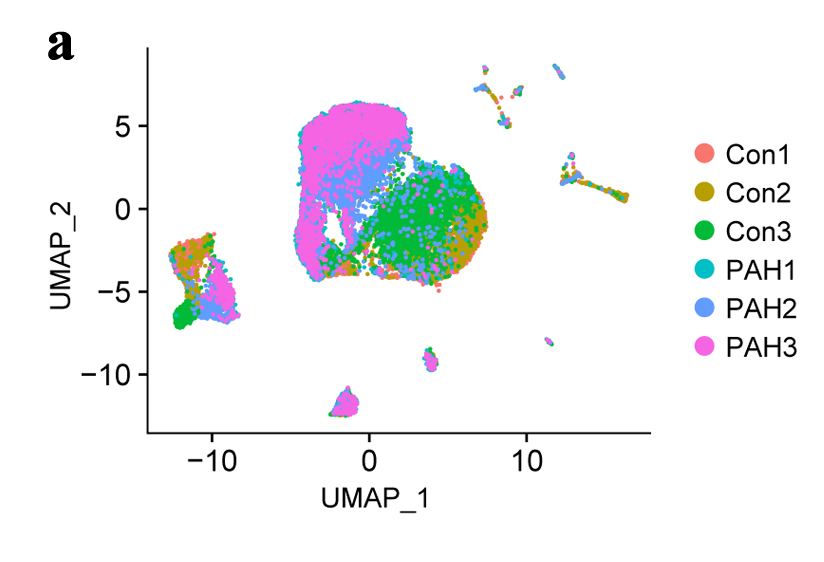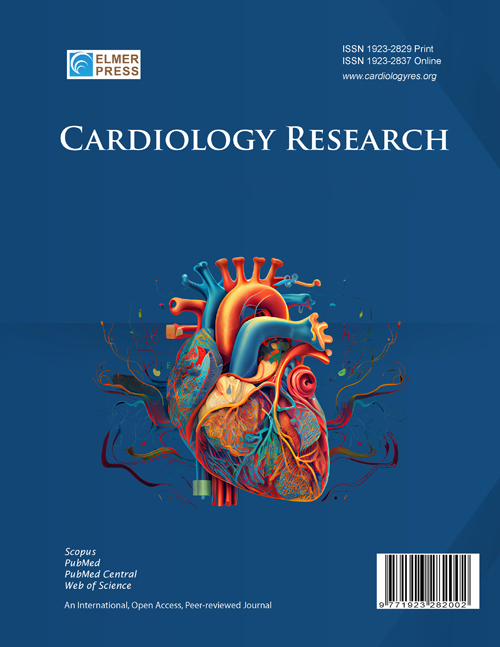Dissecting Autophagy Gene Expression in Endothelial Cells of Pulmonary Arterial Hypertension at Single-Cell Resolution
DOI:
https://doi.org/10.14740/cr2055Keywords:
PAH, Endothelial cell, Autophagy, hdWGCNA, Ddit4Abstract
Background: Endothelial cell (EC) dysfunction is one of the pathogeneses of pulmonary arterial hypertension (PAH); autophagy is an important conserved mechanism for maintaining cellular homeostasis. However, to date, transcriptional signatures of autophagy-related genes during PAH are not well characterized.
Methods: We analyzed the single-cell RNA sequencing (scRNA-seq) data and revealed the relationship between autophagy and PAH in EC from the perspective of differential expression, transcriptional signature typing, comparative analysis, pseudo-temporal changes of autophagy genes, and high dimensional weighted gene co-expression network analysis (hdWGCNA) networks of autophagy genes. Moreover, we established an in vitro PAH model and verified the expression signatures of candidate autophagy-related genes by western blotting. Student’s t-test was used to detect data differences.
Results: Single-cell data showed that ECs had three different subgroups, namely Endo-Nor (normal state), Endo-Mid (transition state), and Endo-PAH (PAH disease group). Functional enrichment analysis of differentially expressed genes between Endo-PAH and Endo-Nor showed that autophagy and phosphatidylinositol 3-kinase (PI3K)-AKT signaling pathways were abnormal. Pseudo-temporal trajectory analysis showed that eight autophagy-related genes were involved in regulating PAH progression. Furthermore, the hdWGCNA network revealed six autophagy-related PAH progression genes. By comprehensively comparing different analysis methods, we identified Ddit4 as an autophagy-related PAH biomarker. Western blot observed that DDIT4 protein was significantly upregulated (P < 0.01) in the PAH model.
Conclusion: This study dissected the expression signature of autophagy genes in PAH at single-cell resolution and identified DDIT4 as a potential biomarker.

Published
Issue
Section
License
Copyright (c) 2025 The authors

This work is licensed under a Creative Commons Attribution-NonCommercial 4.0 International License.










